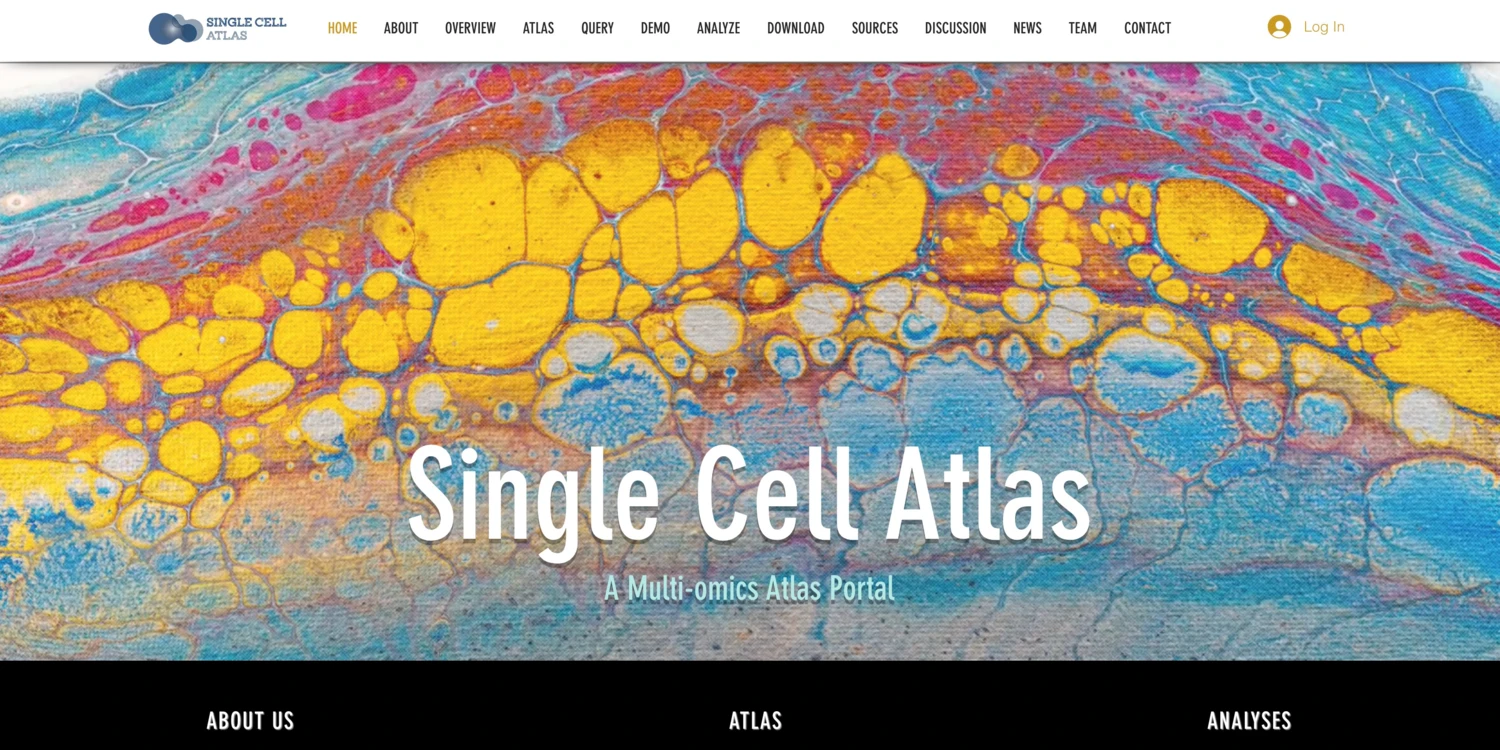Key points:
- A new indicator has been released
- Yardings have bounced back week-on-week
- Wagga Wagga is fetching the highest premium for restocker lambs
- Slaughter volumes have softened, as is typical for the Easter period.
This week Meat & Livestock Australia (MLA) has released a new indicator, the Live Export Price Indicator (LEPI), which is based on sampled feeder male cattle prices for Indonesia live export cattle from Darwin. View the new indicator here.
The Eastern Young Cattle Indicator (EYCI) is performing 15.4¢/kg carcase weight (cwt) stronger this week at 1,087.89¢/kg cwt, with a greater proportion going to processors (5% higher week-on-week). Yardings have bounced back by 182% week-on-week following all the public holidays, with 7,800 head reporting on the EYCI this week. The largest contribution came from Roma and Dalby at 29% and 11% respectively, with Roma bouncing back to 4,086 head.
Over on the west coast, the Western Young Cattle Indicator (WYCI) has softened significantly by 78¢ to 1,141.5¢/kg cwt. In the last two weeks, there has only been one sale reporting for the WYCI –which could be contributing to its volatility.
Meanwhile, medium steer prices have continued to ease, dropping by 24¢ week-on-week. A larger proportion of sales are going to processors, up 12% from last week. In Queensland, these prices have strengthened week-on-week, with an even split of sales between feeders and processors.
Dalby had a 30¢ premium on the national average for restocker yearling steers. Yardings in Dalby have strengthened by 1,201 head with cattle coming from western Queensland, SA and NSW.
Sheep
Trade lamb prices have softened 30¢ week-on-week with yardings remaining relatively similar. A premium price on the national average occurred in Forbes and Ballarat at 43¢ and 24¢ respectively, with these saleyards being in the top five saleyards for contribution. The largest contributor for trade lambs was Hamilton, which was trading 14¢ under the national average and contributing 19% of sales. This was due to a strengthening in yardings to 22,000 head for lambs.
Light lamb prices have eased 17¢ week-on-week. However, a 144¢ premium on the national average was recorded in Naracoorte. This was due to restocker demand and pushing prices for lambs of a mixed quality.
Restocker lambs have softened 14¢ week-on-week to 853.14¢/kg cwt. Ballarat, which contributed 47% of sales, was trading 8¢ under the national average. Wagga Wagga was fetching the highest premium on the national average at 1,068.54¢/kg cwt, or a 215¢ premium on the national average.
Slaughter
Slaughter volumes are lower, as is to be expected during the Easter holidays.
- Cattle slaughter has held relatively firm, with slaughter rates softening 28% year-on-year
- Goat slaughter is still softening, dropping by 1,500 head week-on-week
- Lamb slaughter has strengthened 2% week-on-week but is still 60,700 head less than this time last year.
Sales that did not go ahead
The Emerald cattle sale did not go ahead this week.
Due to ANZAC Day the following sales did not take place: Mortlake, Dubbo, Toowoomba, Forbes (cattle), Pakenham, Wagga Wagga (cattle), Tamworth, Bendigo, Muchea (cattle), Corowa, Ballarat (cattle).
Toowoomba sale will not go ahead next week due to Labour Day in Queensland.







.jpg?sfvrsn=97edde42_5)
